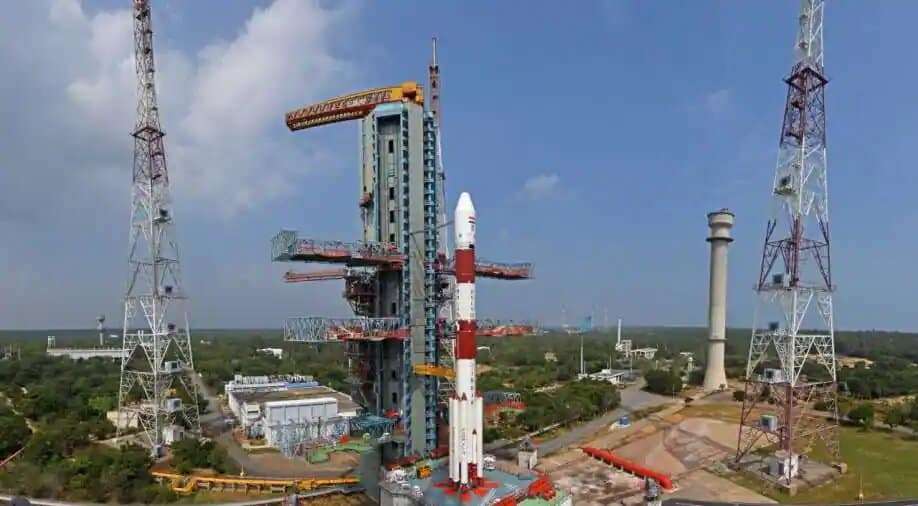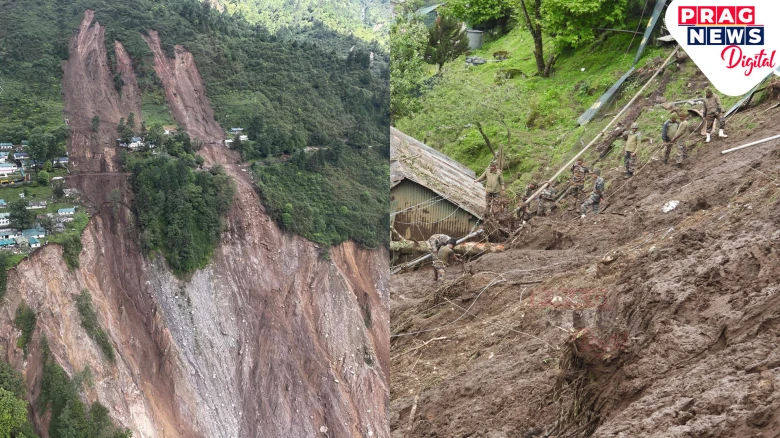North East
The discovery was made by a joint search team consisting of police personnel, the State Disaster Response Force (SDRF), and local volunteers, who have been tirelessly searching for the couple
Digital Desk: A decomposed male body has been r








Leave A Comment